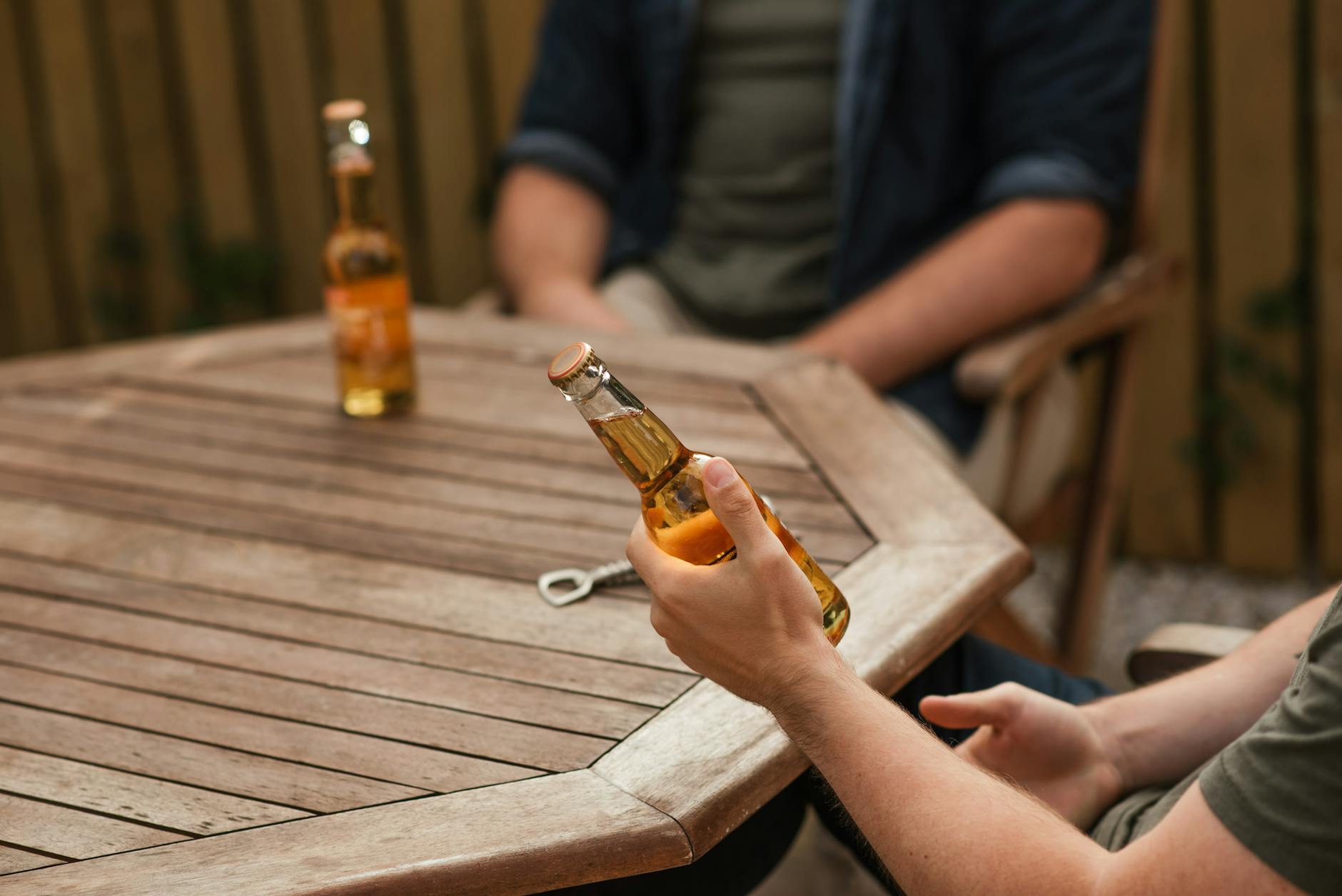Curious about how many beers it takes to catch a buzz? Discover the surprising factors that can affect your alcohol tolerance.
Table of Contents
Have you ever wondered why some people seem to be able to handle their alcohol better than others? The answer lies in a complex interplay of factors that influence how our bodies metabolize, absorb, and respond to alcohol. In this blog post, we’ll dive deep into the science behind alcohol intoxication and explore the various elements that determine how many beers it takes to get drunk.
Understanding Alcohol Metabolism
Alcohol metabolism is a fascinating process that plays a crucial role in how quickly we feel the effects of alcohol. When you consume a beer, the alcohol in it is absorbed into your bloodstream through your stomach and small intestine. From there, it travels to your liver, where enzymes like alcohol dehydrogenase break it down into acetaldehyde and then into acetate, which is eventually excreted from the body.
Several factors can influence how fast this process occurs. Age, sex, weight, and liver function all play a role in determining how efficiently your body can metabolize alcohol. For example, younger individuals tend to metabolize alcohol faster than older adults, and men typically have higher levels of alcohol dehydrogenase, allowing them to process alcohol more quickly than women.
Calculating your blood alcohol concentration (BAC) can give you an estimate of how intoxicated you are. BAC is affected by the number of drinks you’ve consumed, the amount of time over which you’ve consumed them, and factors like your weight and sex. Keep in mind that BAC is just a rough estimate and individual variations in alcohol metabolism can cause different reactions to the same amount of alcohol.
Individual Tolerance Levels
One of the most intriguing aspects of alcohol intoxication is the wide variation in individual tolerance levels. Some people can drink several beers without feeling drunk, while others may start feeling tipsy after just one or two drinks. This discrepancy is influenced by a combination of genetic factors, drinking patterns, and alcohol tolerance.
Genetics play a significant role in determining how sensitive you are to alcohol. Differences in enzymes that metabolize alcohol, as well as variations in neurotransmitter systems, can affect how you respond to alcohol consumption. Moreover, individuals with higher alcohol tolerance, developed through regular moderate drinking, may require more drinks to reach the same level of intoxication as someone with lower tolerance.
Assessing your own tolerance level is important for making responsible drinking choices. It’s essential to know your limits and recognize when you’ve had enough to drink. Pay attention to how you feel after consuming alcohol and listen to your body’s signals to avoid overconsumption and potential harm.
Factors Influencing Intoxication
While individual tolerance levels play a significant role in how drunk you feel, external factors can also influence your intoxication level. Eating before or during drinking can slow down alcohol absorption, as food helps to line the stomach and delay the entry of alcohol into the bloodstream. Staying hydrated by drinking water between alcoholic beverages can also help reduce the impact of alcohol.

Image courtesy of www.reddit.com via Google Images
Additionally, mixing different types of alcohol or consuming drinks with higher alcohol content can affect how quickly you feel intoxicated. The emotional state and fatigue levels of an individual can also influence alcohol intoxication. Stress, anxiety, or tiredness can intensify the effects of alcohol, making you feel drunk quicker than usual.
To reduce the risk of overconsumption and stay safe while drinking, it’s important to be mindful of these factors and plan your drinking habits accordingly. Setting limits, alternating alcoholic drinks with non-alcoholic beverages, and knowing when to stop can all contribute to a safer and more enjoyable drinking experience.
Conclusion
Understanding the factors that determine how many beers it takes to get drunk can help you make informed decisions about alcohol consumption and prioritize your well-being. By considering your individual tolerance level, the science behind alcohol metabolism, and the external factors that influence intoxication, you can enjoy alcohol responsibly and avoid the negative consequences of overindulgence.
Remember, moderation is key when it comes to drinking, and knowing your limits can go a long way in ensuring a safe and enjoyable night out. Whether you’re socializing with friends, celebrating a special occasion, or simply unwinding after a long day, being aware of the factors that impact alcohol intoxication can help you stay in control and make the most of your drinking experiences.
FAQs
How does weight affect alcohol tolerance?
Weight plays a role in alcohol tolerance as alcohol is distributed throughout the body based on body size. Generally, individuals with higher body weight may require more drinks to feel intoxicated compared to lighter individuals.
Can drinking water help reduce intoxication?
Yes, staying hydrated by drinking water between alcoholic beverages can help decrease alcohol absorption and lessen the impact of intoxication.
Does alcohol tolerance increase over time?
Yes, regular moderate drinking can increase alcohol tolerance over time, requiring more drinks to reach the same level of intoxication.
How can I assess my own alcohol tolerance level?
Assess your alcohol tolerance by monitoring how you feel after consuming alcohol, recognizing your limits, and listening to your body’s signals to prevent overconsumption.
Generated by Texta.ai Blog Automation


Leave a Reply